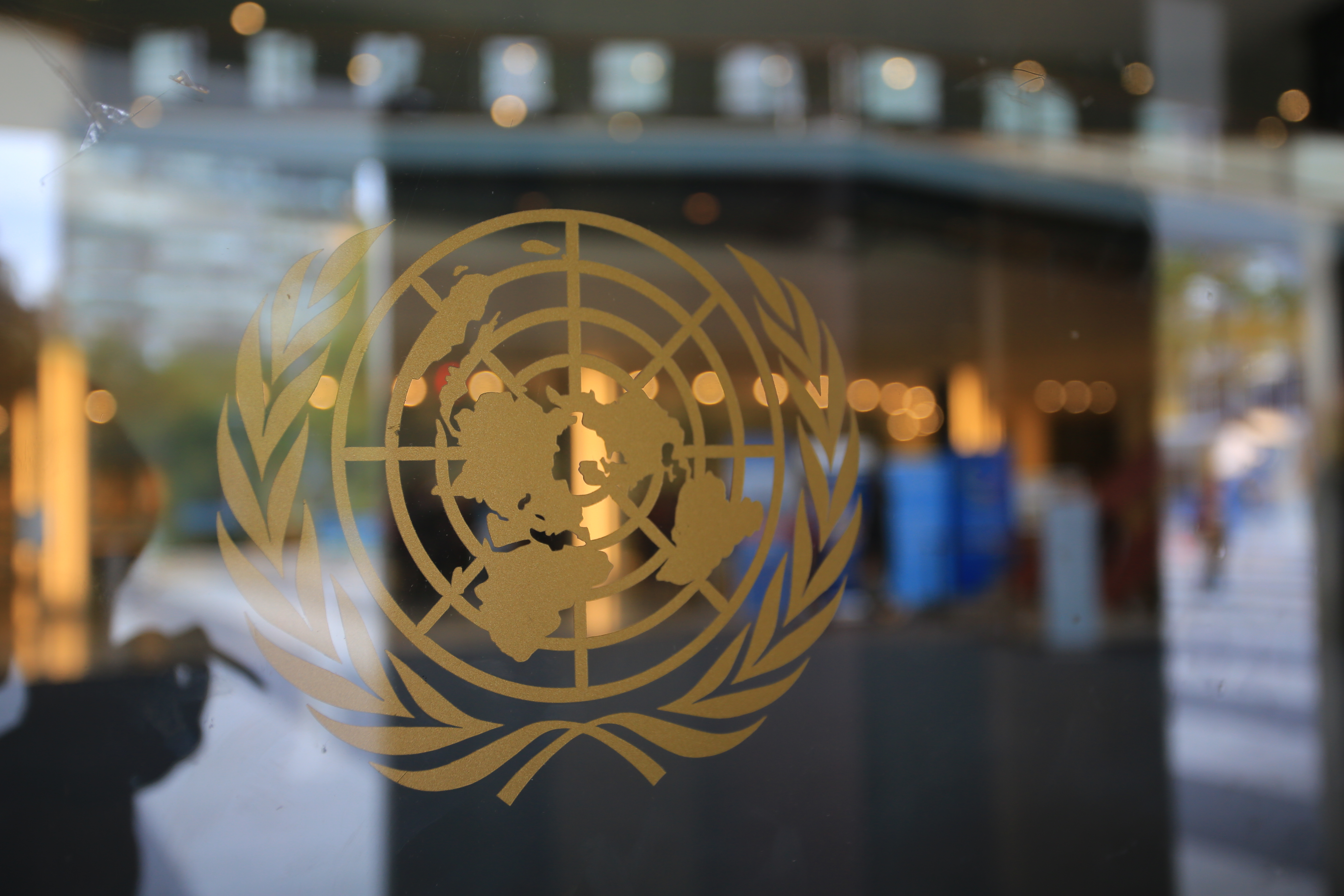Dr. Karima Hamid Faryabi, Minister of Economy
11 June 2021
Select excerpt from August 2021: SHIELDWatch Newsletter
In 2015, the Afghan government outlined a series of sustainable development goals aligned with the Millennium Development Goals and set a target of 2030 for achieving quantifiable objectives across 17 sectors. These sectors include economic growth, clean energy, and climate action, with a summary of achievements and efforts needed to meet those objectives below. The report contains key statistics on infrastructure including highways and electricity grid coverage – including solar panels – as well as an estimated nearly USD$ 11 billion needed over the next ten years make adaptations across the country to mitigate climate change.







